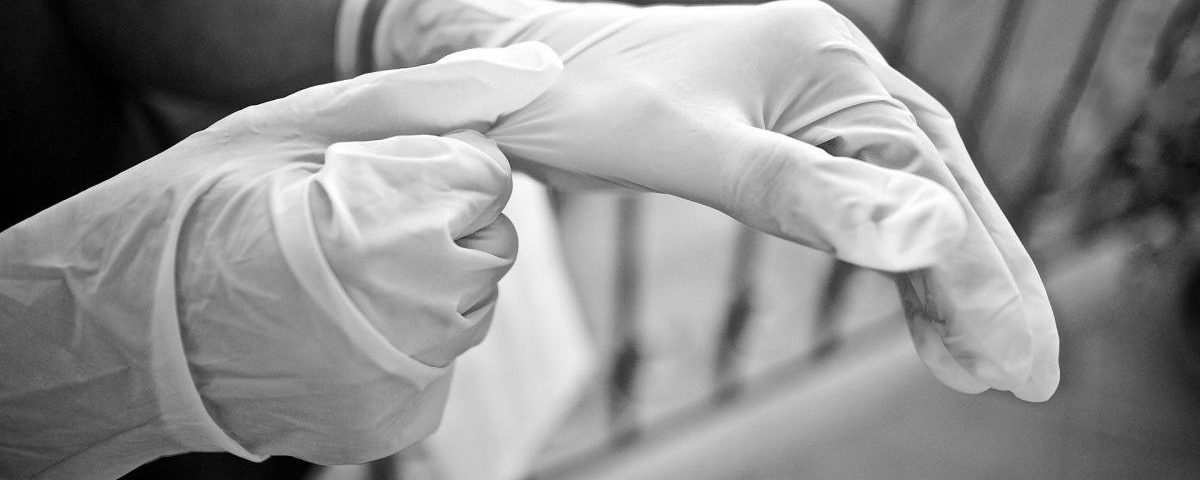
Sanitary waste is generated by healthcare procedures at hospitals, clinics, health centers, analysis laboratories, universities, and so on. Regional regulations differ on quantity and classifications, the list of infectious diseases, and the required characteristics of bags and containers used for collecting this type of waste. Despite these differences, the pandemic has made it clear that PPE waste generated at hospitals from caring for patients with COVID-19 did carry the risk of infection.
Law 22/2011 on waste and contaminated soils defines waste as any substance or object that its owner disposes of or has the intention or obligation to dispose of. In light of this definition, the healthcare workers who used the PPE discarded them in specific watertight bags or containers. As such, this decision has exponentially increased the hospital production of biocontaminated waste. As a result, the consumption of containers for collecting and transporting COVID-19 waste to authorized sterilization plants has also significantly increased.
Waste management: a process with many players
Proper waste separation depends on the healthcare personnel who generate it. They are who decide where it goes. Once the container’s lid is closed or the collection bags are safely sealed, the management company cannot know if it contains only the type of waste it is intended for and if the container has been entirely filled. In fact, the low density of masks, gowns, and gloves has also resulted in an exponential increase in the volume generated, which has put pressure on the container supply system. This has also forced the Administration to act, providing new, alternative methods for collecting PPE waste. This includes, for instance, double bagging with a security seal, cardboard boxes with larger volumes, and bags of greater thickness that comply with current regulations.
Waste management companies have been essential during the pandemic, ensuring that no health center went without services for collecting, cleaning, transporting, and handling infectious waste produced.
Excellence in managing infectious waste has resulted in lower risk through diligent work, as well as a commitment to the environment and to the highest safety and protection measures for healthcare workers, visitors, and other groups who work at our hospitals or receive care there. Moreover, the infection rate of less than 1% among our workers demonstrates our commitment to absolute safety and risk prevention.
In this age of fake news, which has pervaded practically all public and private spheres, good practices in the sanitary waste treatment sector with transparency and reporting are of the utmost importance. Specifically in sanitary waste treatment, fully complying with all relevant requirements and authorizations is essential in managing this essential service during these difficult times.
Furthermore, infectious materials from hospitals and health centers collected directly by our staff must be sterilized at treatment plants. This must all be done under an integrated environmental authorization for this activity, which has seen a rise of 350% – 400% since mid-March due to COVID-19.
The plants receive gloves, masks, gowns, and other waste that is considered dangerous due to elevated infectiousness. They are delivered in hermetic buckets and subjected to temperatures higher than 135 degrees to ensure complete disinfection before being sent to authorized landfills. They may also be incinerated at 1,000 degrees, which eliminates any virus particles and ensures that these residues have minimal impact on health and the environment.
Given the urgency and extraordinary situation in which we find ourselves, companies have been forced to extend the schedule for their treatment capacities to the max (24/7) and work with each autonomous community’s environmental administrations. The goal is to treat waste with controlled incineration as a temporary alternative, as advised by the WHO for disaster and emergency responses.
A change to the pre-COVID-19 procedure model
Before the pandemic, an action program was already underway in Europe to limit incinerating non-recyclable materials. That is why all steps must be taken in accordance with EU legislation on waste, as the primary goal is protecting human health and reducing polluting emissions. The exceptional situation we’re currently in has necessitated exceptional measures, including incinerating sanitary waste. These measures will have to be adjusted according to risk, while continuing to uphold the prioritized aim of selective collection and recycling, as indicated by the European Commission on April 14.
But how is clinical waste actually treated? The best techniques available for treating sanitary waste have been studied since the early 1990s. In Spain, autoclave sterilization technology was found to be the safest since it does not require handling waste and no toxic substances are introduced into the environment. This treatment was implemented nationwide. Most of the facilities have had a sufficient capacity to treat all of the infectious waste generated, except for some communities like Madrid, Catalonia, and Cantabria. These regions have temporarily authorized burning waste in urban incinerators with some requirements. These include COVID-19 waste preferably being delivered in cardboard boxes.
These autoclave technologies have been, are, and will continue to be the safest systems for treating infectious waste, in addition to providing significant economic and environmental savings for public funds and citizens’ health.
Besides hospitals, other sources of infectious waste from COVID-19 include nursing homes and the homes of individuals who have contracted the disease. This is why companies like Ferrovial Services have carried out educational prevention campaigns on a variety of topics. These range from street cleaning to assembly and maintenance, collecting solid urban waste, and treating sanitary and non-sanitary waste. The fundamental premise is promoting measures for personal, organizational, and facility hygiene among our workers and citizens at large.
This is the reality we’re facing. The rest is fiction.





There are no comments yet